Submitted by WA Contents
Zaha Hadid Architects releases its design for rounded and interconnected towers for OPPO in Shenzhen
China Architecture News - Jan 28, 2020 - 14:27 16252 views
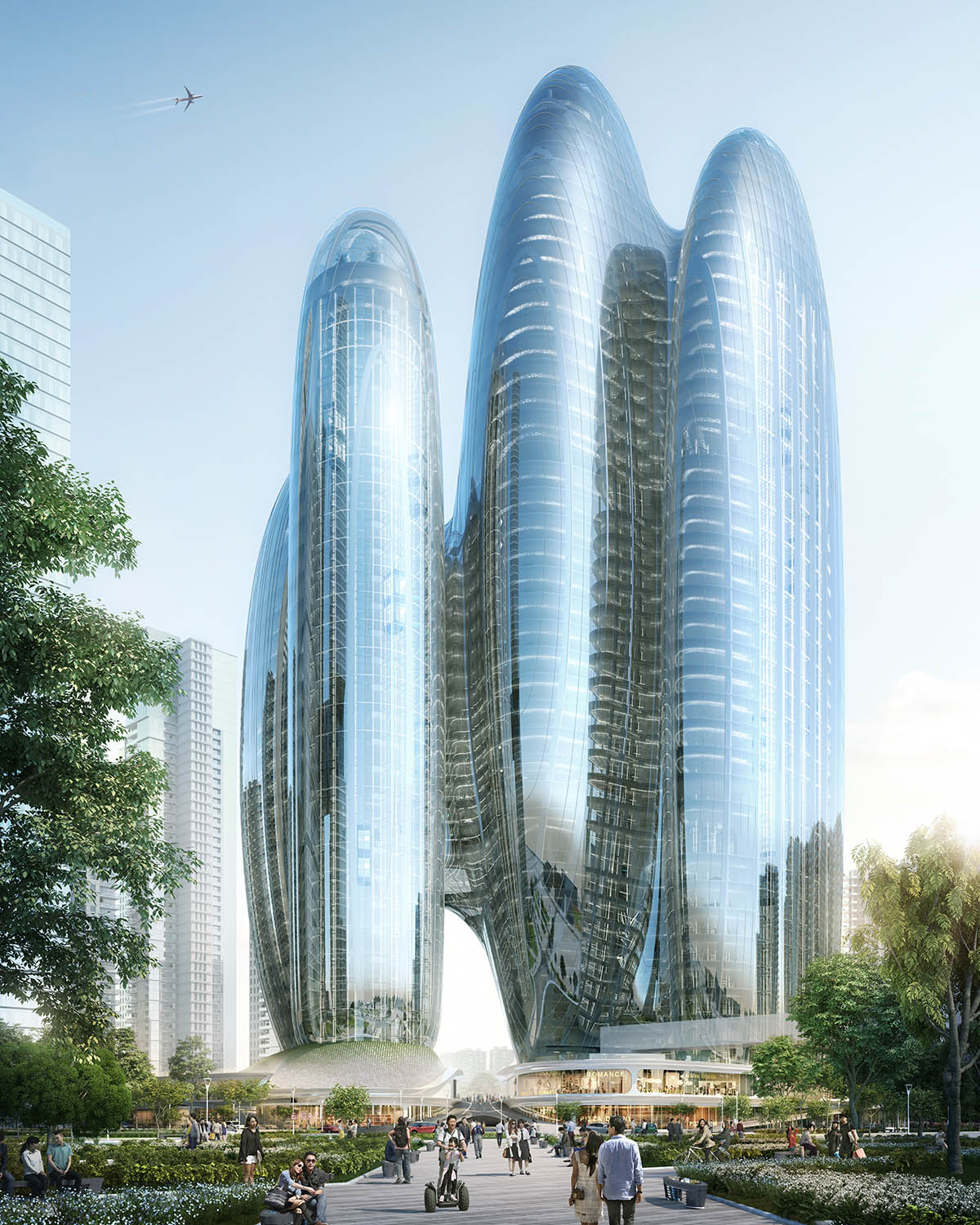
Zaha Hadid Architects has released its design for four rounded and interconnected towers in Shenzhen, China, which will form the new headquarters of OPPO, China’s leading smartphone manufacturer.
Called OPPO Headquarters, Zaha Hadid Architects' design was selected in an international competition from among global architecture firms, including Bjarke Ingels Group, Skidmore, Owings & Merrill, Rogers Stirk Harbour + Partners and Henning Larsen Architects in the second stage.
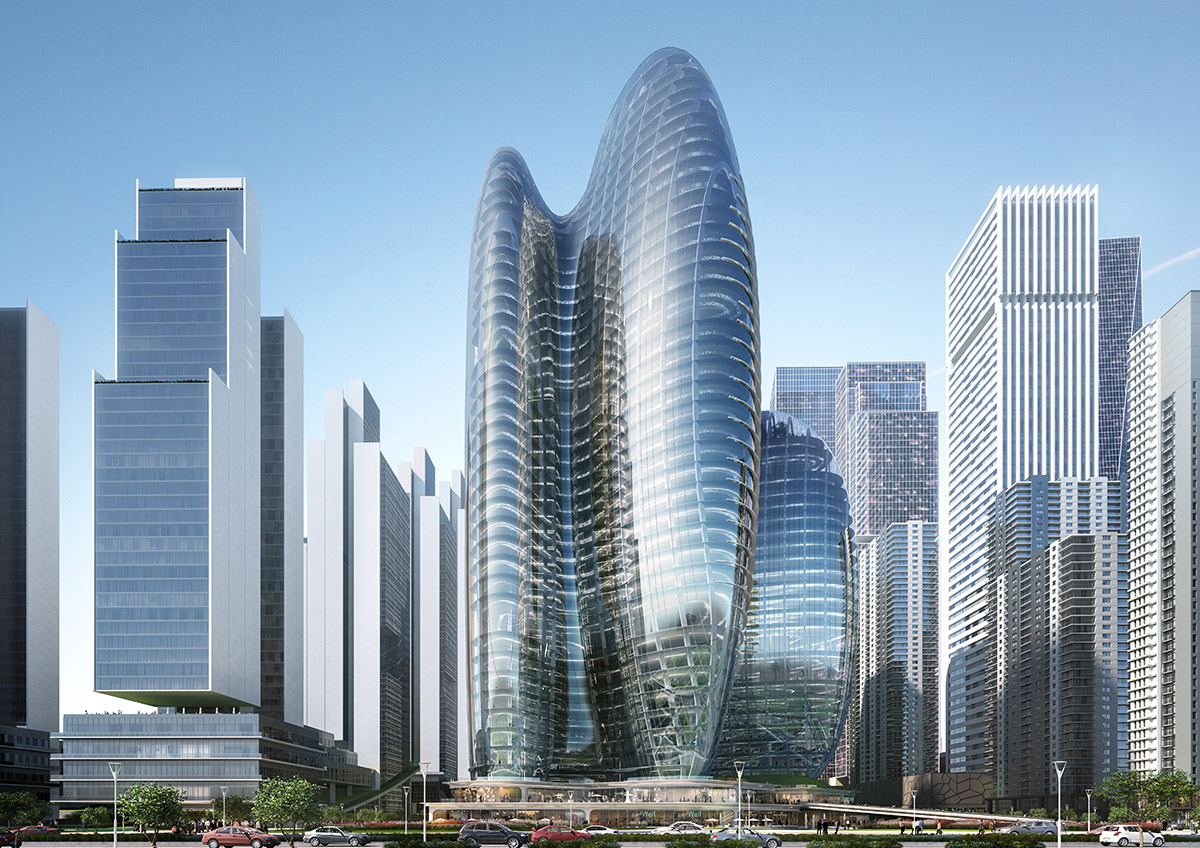
Set to break ground later this year, OPPO’s new headquarters is planned to complete in early 2025. ZHA's design comprises four interconnected towers which have different heights in fluid form and are raised on a cascading plinth at the street level.
"OPPO launched their first phone in 2008, growing to become China’s leading smartphone manufacturer and the fifth largest worldwide with over 40,000 employees in more than 40 countries," said ZHA in its project description.
"Pioneering new communication technology in smart devices and internet services, OPPO has established six research institutes, four research & development centres, and a global design studio."
"Accommodating this growth, OPPO’s new headquarters will continue their commitment to connectivity through design," the office added.
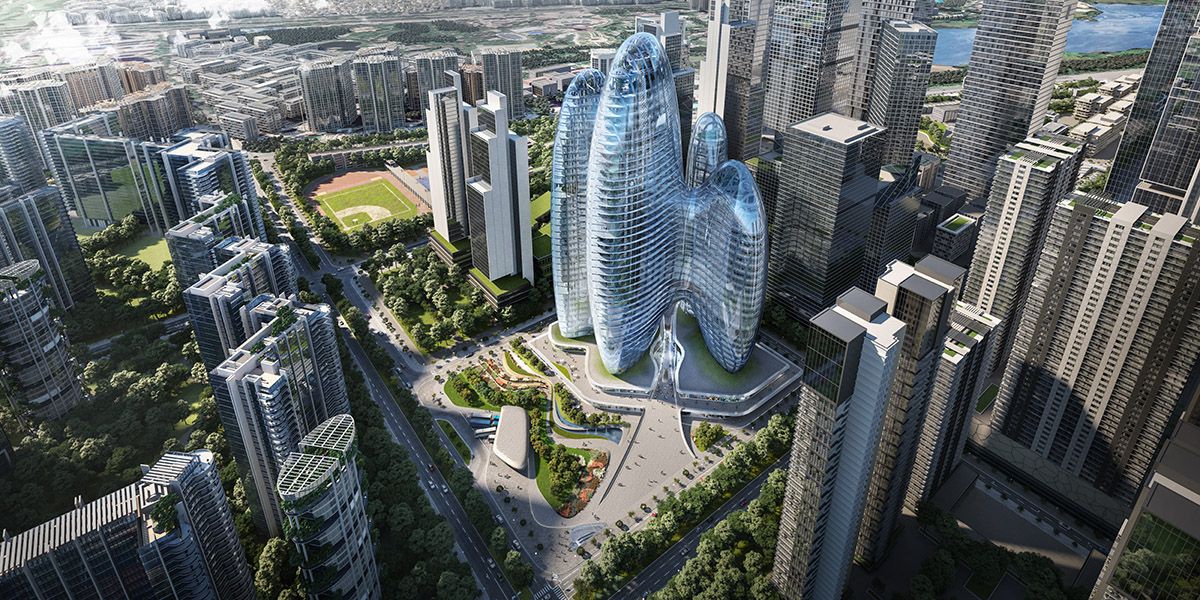
Four interconnected towers reaching a height of 200m (42 floors), the 185,000 square meters design incorporates two towers of flexible, open-plan spaces linked by a 20-storey vertical lobby, and two external service towers providing vertical circulation.
The design aims to maximize the views over Shenzhen Bay, the towers taper inwards at lower levels creating large civic spaces at street level.

Locating the towers' service cores externally frees the centre of each floor from obstructions; providing uninterrupted views throughout the building that will enhance interaction between employees.
Large atrium spaces unite all occupants through visual connectivity, helping to foster collaboration between different departments of the company. The abundance of natural light, varied working environments and diversity of routes for staff and visitors to move through the building are all conducive to creative engagement and spontaneity.
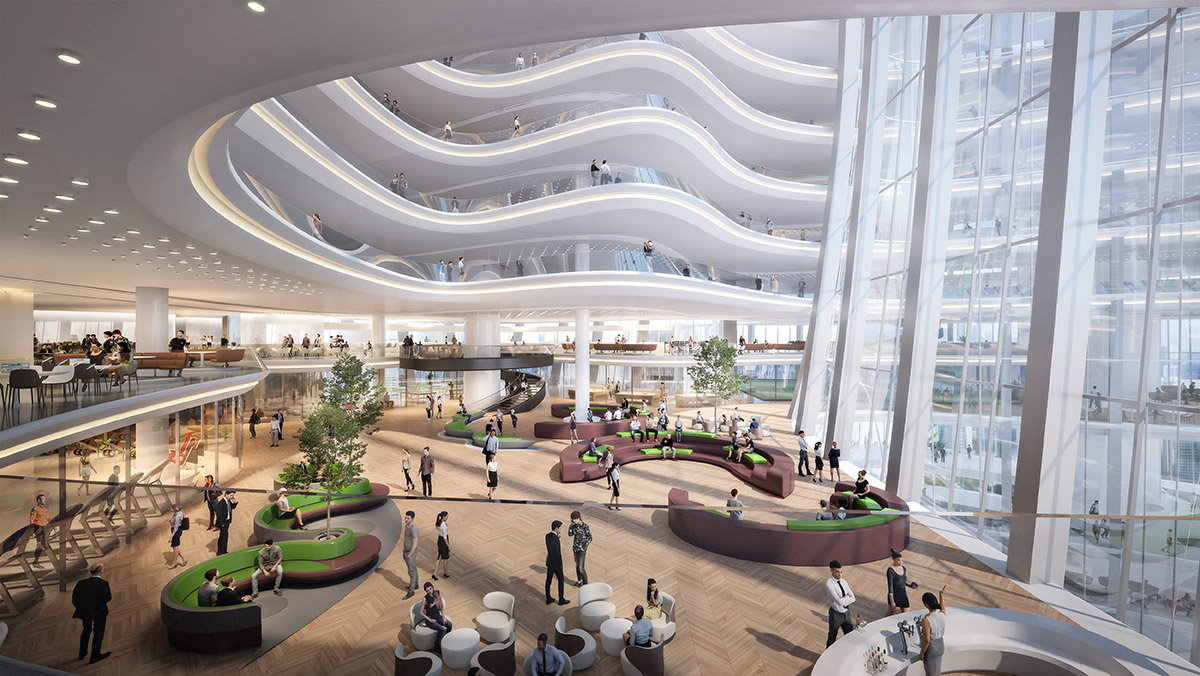
ZHA conceives the towers as a new civic space for the city with a public walkway diagonally traversing its centre, OPPO’s headquarters will include a landscaped plaza, art gallery, shops, restaurants and a direct link to the adjacent station of Shenzhen’s subway network.
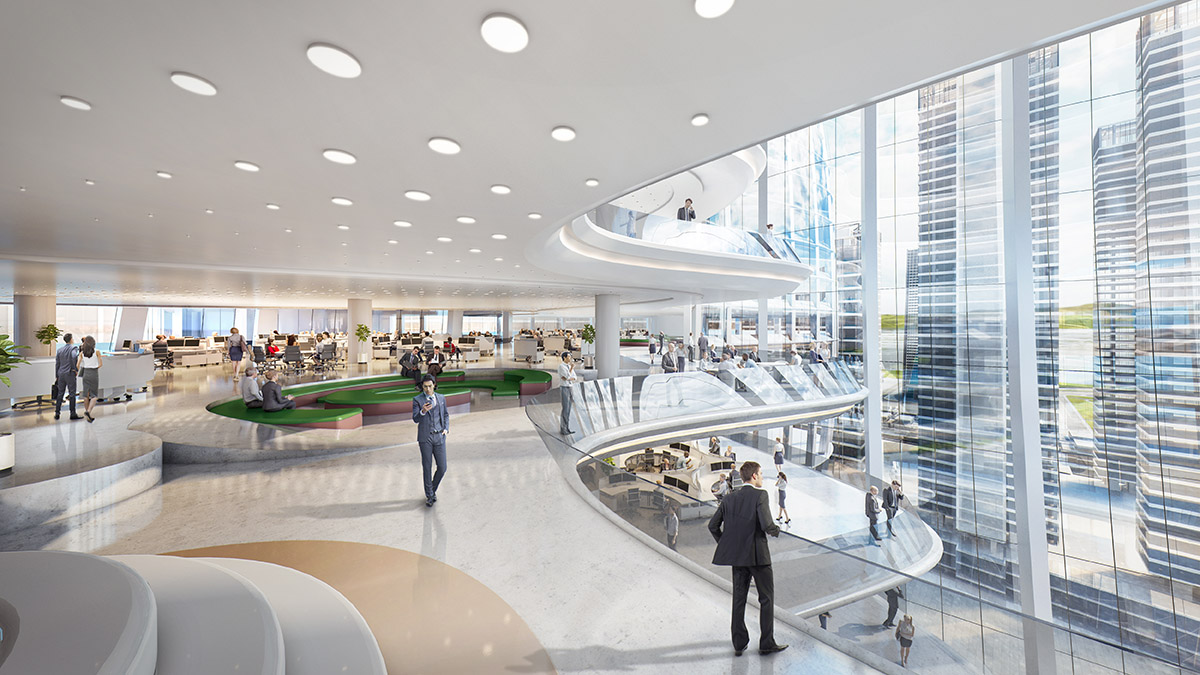
On the 10th floor, there will be a Sky Plaza that provides local residents, visitors and OPPO employees with varied dining, leisure and entertainment facilities, while the rooftop Sky Lab will be a popular public space with spectacular views over one of the world’s most dynamic cities.
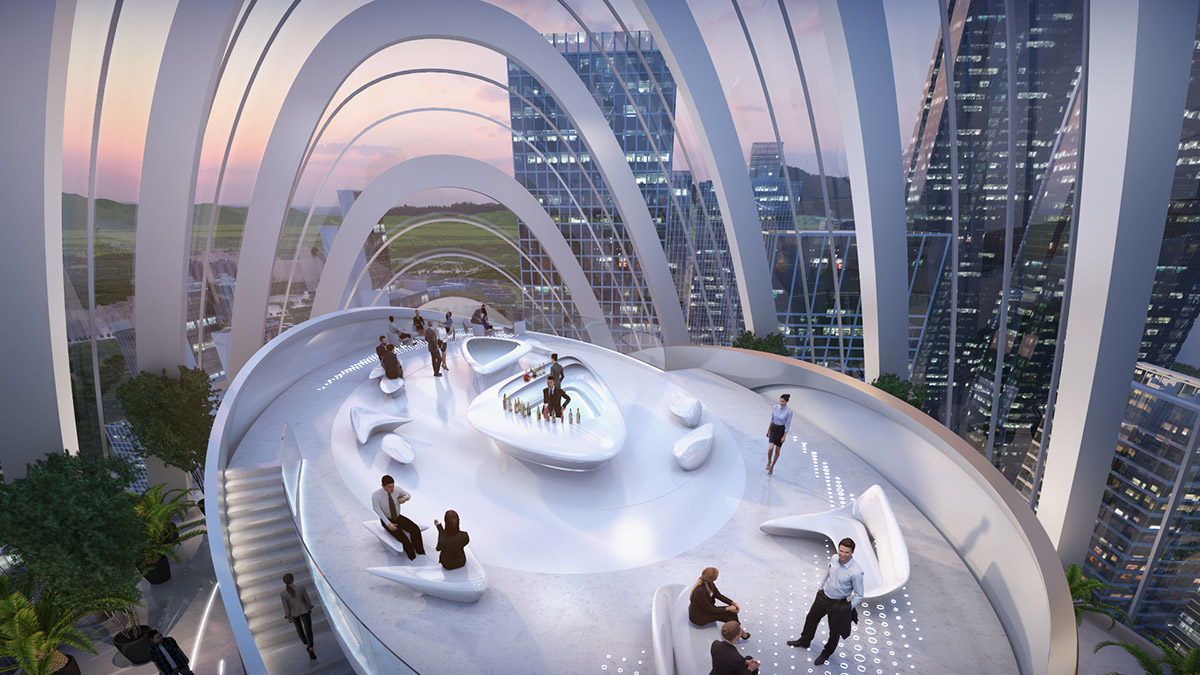
Following LEED Gold certification of ZHA’s Leeza SOHO tower in Beijing and Generali Tower in Milan, the new OPPO headquarters has been designed to target LEED Gold from the US Green Building Council; developed with 3D Building Information Modelling and energy management systems to optimise efficiencies.
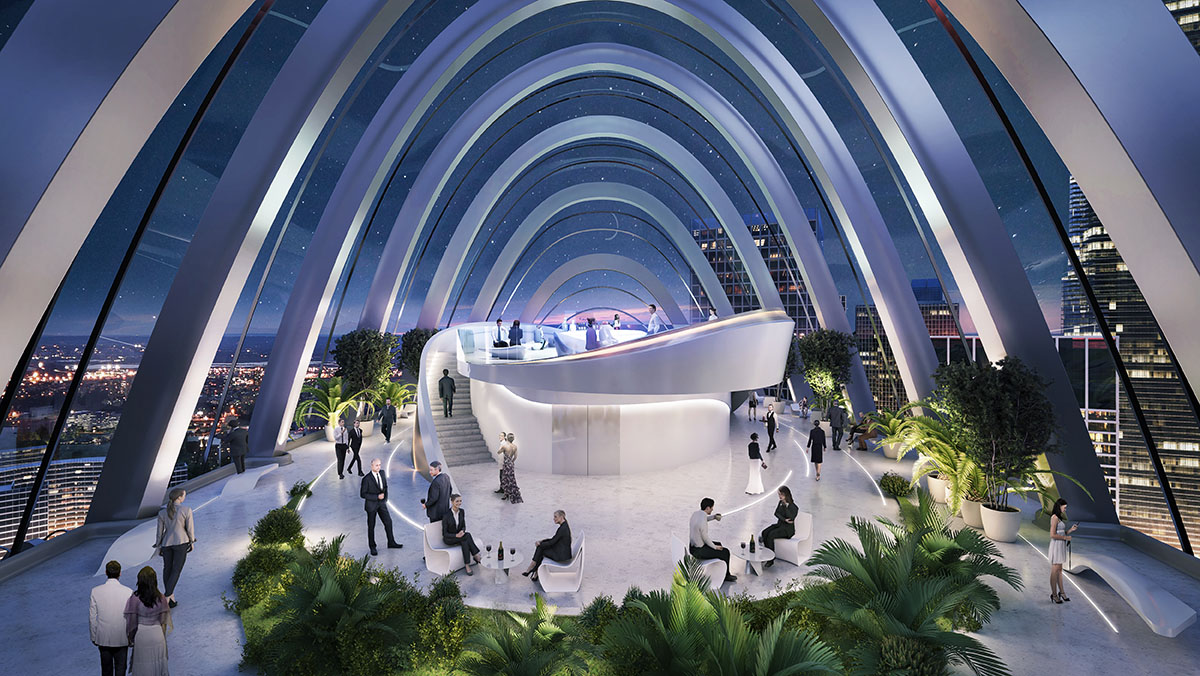
Zaha Hadid Architects is competing on the shortlist of WA Awards 33rd Cycle with 3 projects: Changsha Meixihu International Culture & Arts Centre, Beijing Daxing International Airport and Leeza SOHO. You can rate/vote the projects until February 10, 2020.
Project facts
Project team
Architect: Zaha Hadid Architects (ZHA)
Design: Patrik Schumacher and Christos Passas
ZHA Project Directors: Charles Walker (Commercial Director), Christos Passas (Design Director), Satoshi Ohashi (ZHA China Director)
ZHA Project Associates: Hussam Chakouf (Competition Lead), Juan Liu, Yang Jingwen
ZHA Project Designers: Melhem Sfeir (Competition Lead), Duo Chen, Katerina Smirnova
ZHA Project Team: Massimo Napoleoni (Facade Specialist), Aleksander Bursac, Mihai Dragos-Porta, Vera Kichanova, Ying Xia, Che-Hung Chien, Meng Zhao, Qi Cao, Alex Turner (Graphic Designer)
ZHA Workspace Analysts: Uli Bloom, Philip Siedler, Lorena Espaillat Bencosme
ZHA Project Support: Tatiana Chembereva, Camille Kelly
All images courtesy of ZHA
> via ZHA
